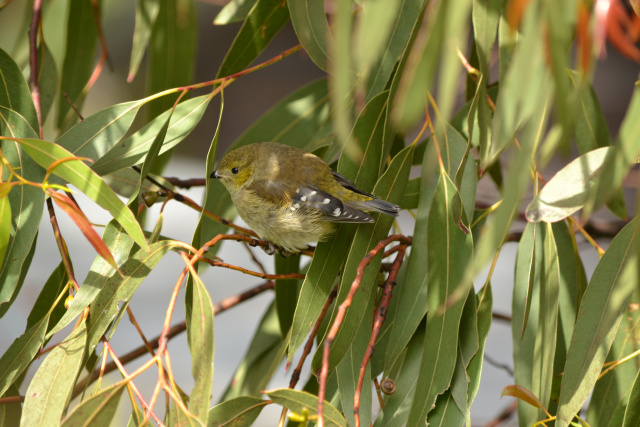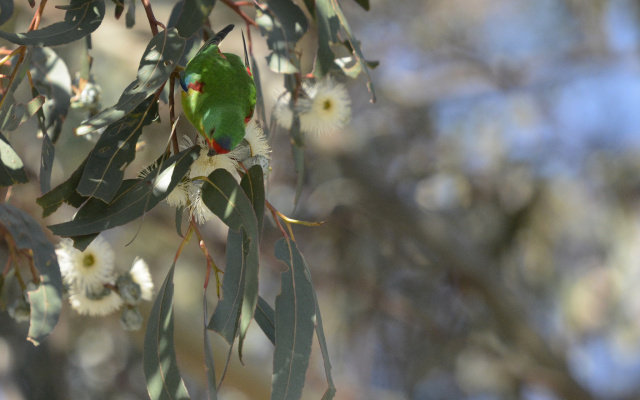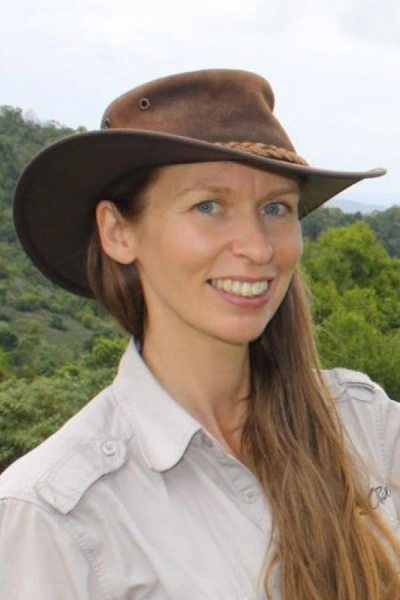Rare and elusive: the two Bruny birds on visitor wish lists
Bruny Island
Both these birds are something that on Bruny Island you have a higher chance of seeing than elsewhere, because we have more protections for them here on Bruny, and because the habitat is so strong for them.

The swift parrots are needing the blue gum, the black gum and needing places to nest. Around Bruny, thankfully we have all those factors for them. We're also a place that doesn't have the sugar glider. So it is a place where they have more of a chance to have successful breeding.
For the forty-spots, the white gum (Eucalyptus viminalis) is found around Bruny Island, both on private land and on some of the public land. So people will come to see the forty-spots. Once they know about that tree type, they can then search down this little bird.
But more often than not for both these bird species, people will end up on an Inala’s doorstep, because having an expert guide does make it so much easier for you to be able to find the bird.
That's because you do need to know far more than just what it looks like. You need to know what it eats and how it lives, so that you can have a chance of finding it in its wild environment.
--
*the swift parrot (Lathamus discolor) is listed as critically endangered. The forty-spotted pardalote (Pardalotus quadragintus) is currently listed as endangered.


Cat Davidson
Ecology and Birding Tour Guide
Both these birds are something that on Bruny Island you have a higher chance of seeing than elsewhere, because we have more protections for them here on Bruny, and because the habitat is so strong for them.

The swift parrots are needing the blue gum, the black gum and needing places to nest. Around Bruny, thankfully we have all those factors for them. We're also a place that doesn't have the sugar glider. So it is a place where they have more of a chance to have successful breeding.
For the forty-spots, the white gum (Eucalyptus viminalis) is found around Bruny Island, both on private land and on some of the public land. So people will come to see the forty-spots. Once they know about that tree type, they can then search down this little bird.
But more often than not for both these bird species, people will end up on an Inala’s doorstep, because having an expert guide does make it so much easier for you to be able to find the bird.
That's because you do need to know far more than just what it looks like. You need to know what it eats and how it lives, so that you can have a chance of finding it in its wild environment.
--
*the swift parrot (Lathamus discolor) is listed as critically endangered. The forty-spotted pardalote (Pardalotus quadragintus) is currently listed as endangered.

You might like...

Species, emotion and place

Little penguin paradise

Bruny Island Bird Festival

Tasmania: every day's a birding day
Newsletter
Sign up to keep in touch with articles, updates, events or news from Kuno, your platform for nature
